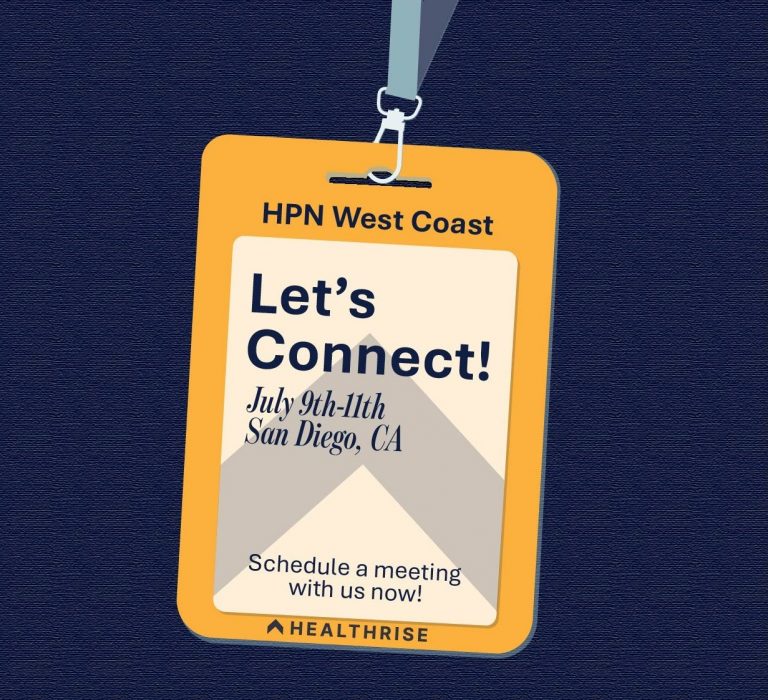

A successful go-live of your Electronic Health Record (EHR) system is essential for a smooth transition from a legacy to a modern one. Specific indicators can be used to assess the success of an EHR go-live, such as training and team optimization.
The keys to a successful go-live lie with proper planning and preparation. That said, it is difficult for in-house teams to plan for contingencies that they have not faced before. Because so many resources go into an EHR implementation, bringing in an expert team is a wise investment.
This article will discuss some of the top indicators that your EHR go-live was successful. We will look at how well-trained your team was, how smoothly the transition went, and if there were any disruptions during or after the event. We will also examine if any optimizations were made beforehand to ensure a successful EHR go-live.
First things first
Team optimization can also be one of the top indicators that your EHR go-live was successful. If everyone on the team is adequately trained and well-equipped with their roles and responsibilities, this will help guarantee a smooth transition when using and supporting a new EHR system.
Depending on the scope of your EHR project, some of the roles and responsibilities that often make up an implementation team are:
- Project manager
- Application analyst
- Application developer
- QA test engineer
- Physician advocate
- Nurse advocate
- Billing advocate
- Meaningful-Use Manager
- Super-users – early adopters and at-the-elbow training
These roles are often in addition to the typical IT workload. During implementation, a substantial uptick in helpdesk requests can be expected – for everything from password resets to urgent help requests.
At this point in planning, the organization must evaluate its resources and decide if an external EHR implementation team is needed. Selection of the right team is also very important.
Metrics to Monitor
Implementing an EHR system requires an organized effort from all stakeholders. To ensure that the transition is smooth and optimized, it’s important to track some key performance indicators (KPIs). These KPIs will help you monitor the progress of your EHR implementation and measure its success.
Without goals in mind and a record of progress and successes, it is difficult to tell if the EHR implementation is going well – until it definitely isn’t. With a dashboard of indicators, it is easy to tell what areas may need help and how to pinpoint areas of concern before they get out of hand.
Some of the KPIs for successful EHR implementation include:
- Training time for staff
- Physician customizations and at-the-elbow training sessions
- Team capacity
- Transition time from legacy systems, data migration
- User experience feedback from end-users
- Cost savings
- Clinical outcomes and process indicators
- Total downtime, percent downtime
- Security assessments
- Integration of accessory systems
With these KPIs in place, you can ensure that your EHR implementation process runs smoothly and efficiently.
The Right Partner
For a successful electronic health record (EHR) implementation, it’s essential to have a team of experienced professionals. This team should be able to create a plan that outlines the objectives and goals of the project, then navigates the process with skill and experience. Ensuring that all stakeholders understand and support the project is also essential.
The team should also provide training for all staff members to ensure a smooth transition from legacy systems, connectivity for clinical technology, and smooth workflows.
Once the EHR is implemented, it’s critical for the team to measure its success in terms of ROI and provider buy-in.
Key metrics used in measuring success are optimizing processes, reducing costs, and increasing efficiency. At Healthrise, we have tested and proven our recipe for successful EHR implementation. In fact, a whopping 92% of our customers reported that analytics revealed more efficient ROI on Go-live support with our team. Starting in the planning phases of your implementation? Contact us to find out all the ways we can help!



